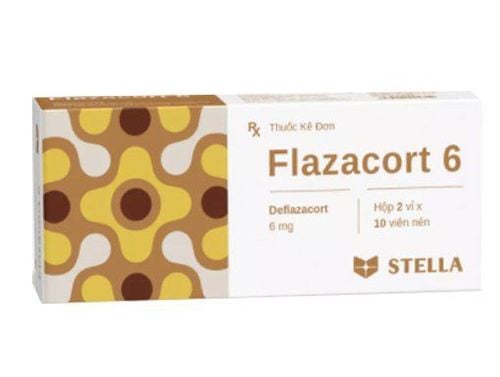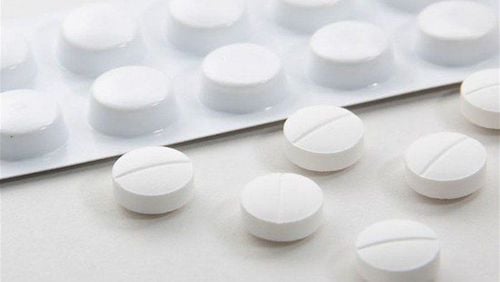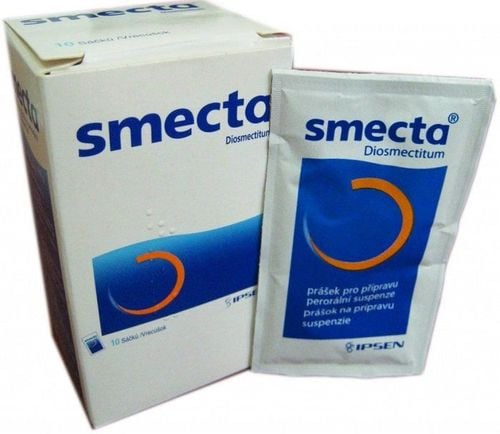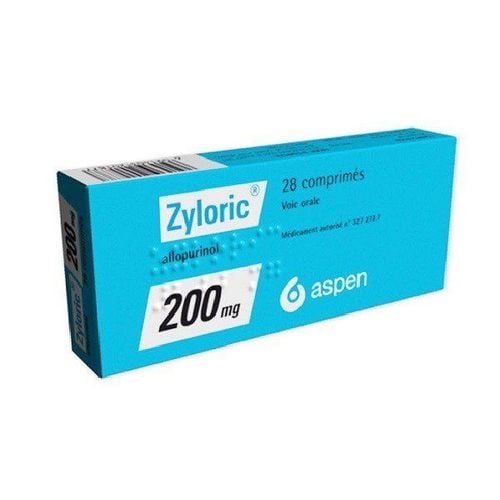This is an automatically translated article.
The article was written by the Clinical Pharmacy Team, Vinmec Times City International General HospitalAllopurinol is a commonly used drug to treat gout. The drug can cause serious skin side effects that lead to an increased risk of death.
1. Allopurinol skin side effects
Allopurinol is a drug that reduces uric acid synthesis through inhibition of the enzyme xanthin oxidase. It is used long-term to prevent acute gout attacks and reduce joint damage in gout. However, some serious skin side effects can occur with the drug, including Steven-Johnson syndrome (SJS) and toxic epidermal necrolysis (TEN). SJS and TEN present with flu-like symptoms, high fever, widespread erythema, skin peeling, bullae, purpura, ulceration, mucosal necrosis, and ulceration of natural cavities. Damage can also occur simultaneously on other organs such as liver, kidney... SJS and TEN due to allopurinol are recorded with the rate of less than 1% but the risk of death is up to 39%.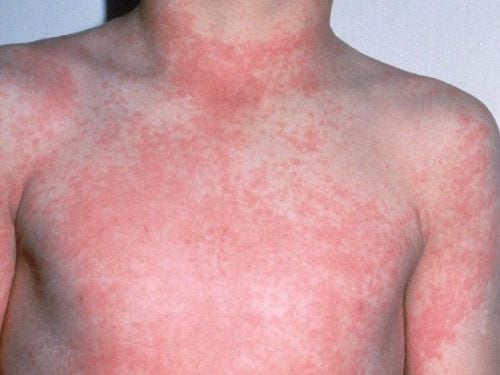
SJS và TEN có biểu hiện với các triệu chứng giả cúm, sốt cao, ban đỏ lan rộng
SJS and TEN can occur soon after initiation of treatment, with an average duration of about 3-4 weeks and more than 90% occurring within the first 3 months. The risk factor for the onset of SJS and TEN with allopurinol use is a carrier of the HLA-B*58:01 gene. Women are more at risk than men. Several other factors increase the risk: high dose, impaired renal function, and drug interactions.
2. Measures to prevent side effects of Allopurinol
Consider screening for HLA-B*58:01 genotype before starting medication. Initiate treatment at a low dose (100 mg) and gradually increase the dose every 2-5 weeks until the target serum uric acid is reached. Maximum dose: 800mg/day. Reduce dose in patients with renal impairment. Closely monitor for undesirable effects, especially during the first 3 months of treatment. Patients should stop taking the drug and consult a doctor immediately if there is a skin reaction (blistering, erythema, peeling) or symptoms of fever, ulceration of mucosal cavities (mouth, genitals...). During treatment, it is recommended to drink plenty of water (2-3 liters/day) to reduce the risk of xanthine deposition in the kidneys.
MORE:
Adalat (Nifedipine) fast acting - Caution when used in hypertensive crisis Be careful when taking drugs to reduce gastric acid secretion Note when using Motilium (Domperidone) medicine to treat vomiting, nausea





